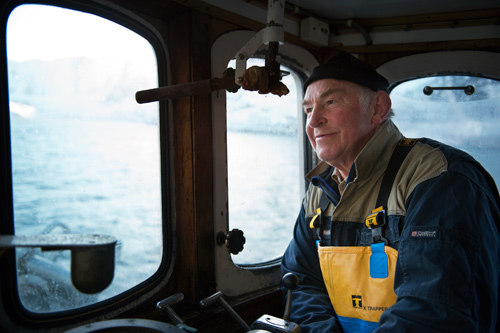Promoted article: Protecting the Northern Barents Sea – What protections are in place?
Norwegian waters are already protected.
Thankfully, bottom habitats in Norwegian waters are already protected through a host of measures:
•A ban on all trawling at depths exceeding 1000 meters.
•Specific trawling bans on 18 identified coral reefs.
•12 nautical mile nature reserves around most of the Svalbard archipelago, Jan Mayen, Bear Island and Hopen that protects habitat on both land and sea.
•A general ban on fishing near all known habitats of corals that are not specifically protected.
•A precautionary 'move-on' rule. If a certain threshold level of sponges and corals are caught in a trawl, the vessel must report this and move two nautical miles out of the area before resuming operations. Threshold levels have recently been reduced by 50% to increase this precaution.
Taking further steps However, the Norwegian fishing industry is taking further steps to speed up protection of the northern Barents sea and have agreed from the 2016 season not to expand cod fishing activities with trawl gear into areas where regular fishing has not taken place before.
Norwegians treat fishing incredibly seriously People should feel assured that the Barents Sea is in safe hands. After oil and gas, fishing is the next biggest part of Norway's economy, so the Norwegians treat fishing incredibly seriously. But, it goes far deeper than money. Fishing is part of the Norwegian way of life, they are committed to looking after the oceans for generations to come as generations before them have done. Not just managing stocks but maintaining the unspoilt and pristine seas - which they value as a huge factor in the high quality and taste of their prized seafood. To do this the Norwegians have an innovative system of traceability, regulation, inspection and quotas which is regarded as the best in the world, endorsed by the Marine Stewardship Council and the United Nations.






